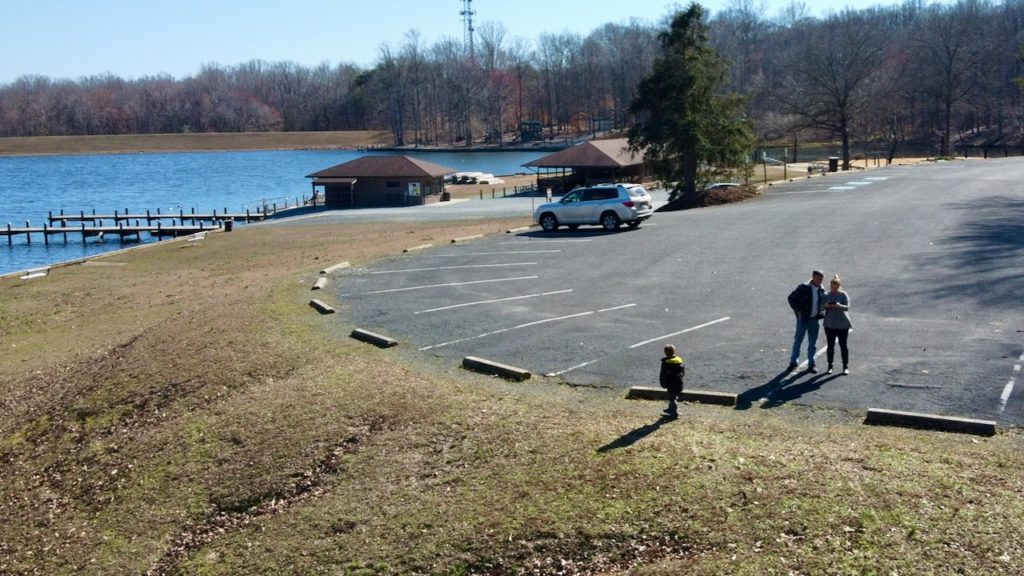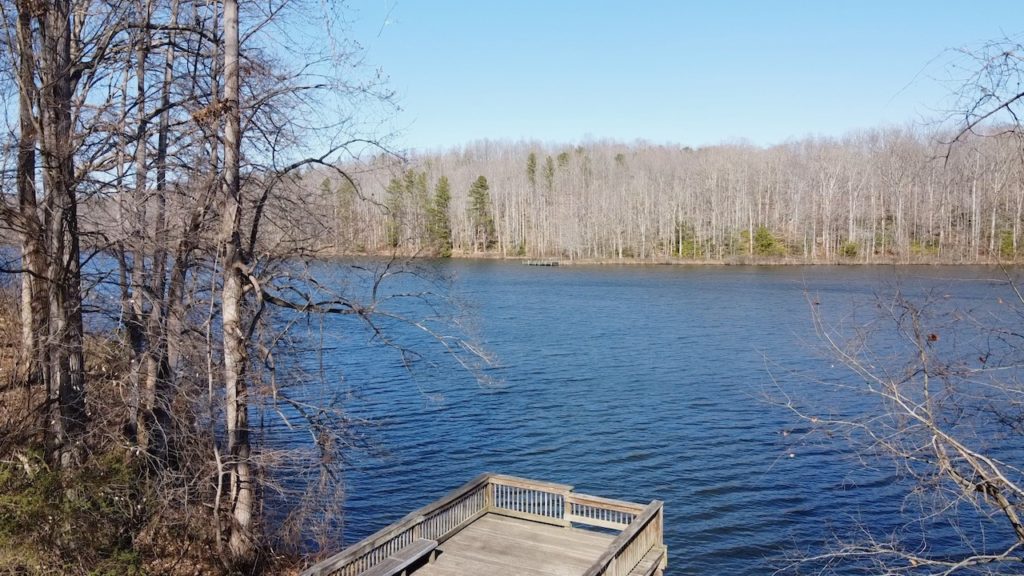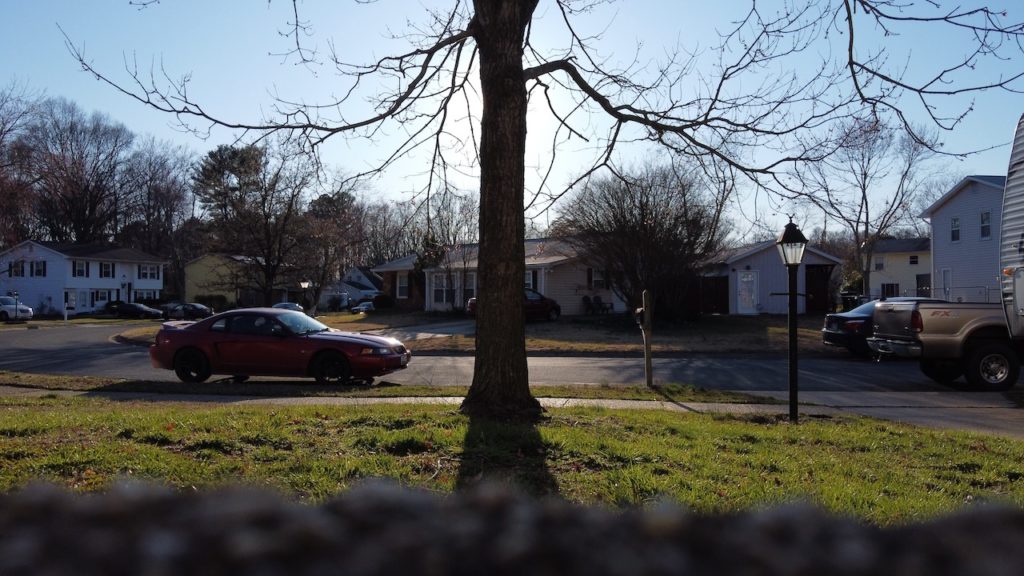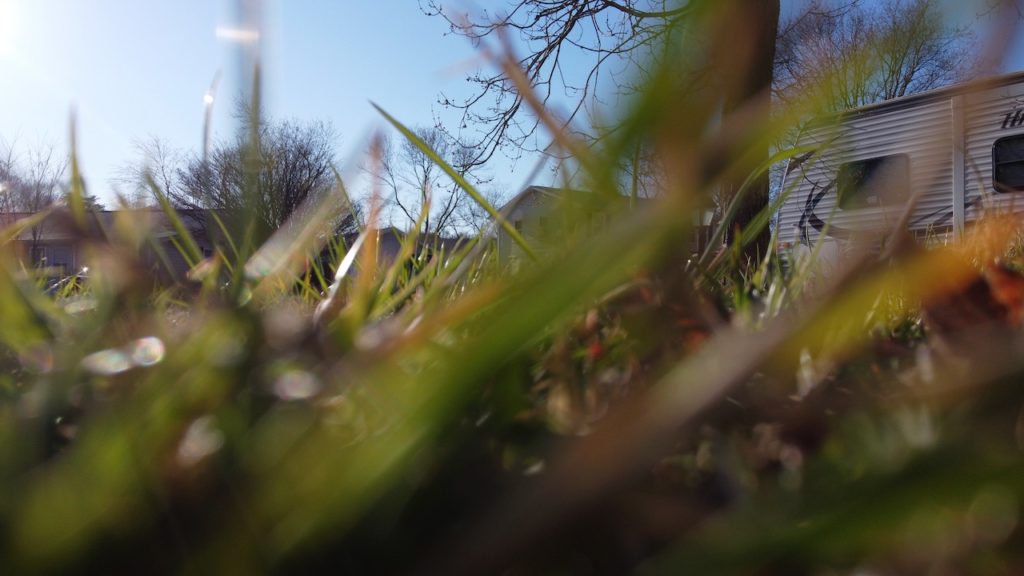7 Mar 2020
Well, I’ve been thinking about, and looking at drones for a while now…. and, I finally took the plunge. It was a crazy busy week and I ended it more than a little tired and in need of some R&R. So, this was it!
There are plenty of ‘unboxing’ videos out there along with lots of compare posts; pros and cons, along with the rants and raves so I’ll skip all that. I will share a bit about why I picked the DJI Mavic Mini and some first impressions – given what I hope to use it for.

At this point I have had four flying ‘sessions’. One out doors that was quite short, the simplest of up, around, down, just to see what it ‘felt like’. That was followed by the same routine indoors, then two longer outdoor sessions, basically about 25 minutes, one battery, each. Unfortunately today was quite windy so the flights were a bit limited. I chose an area that was sheltered by terrain and trees so it was manageable but the available flight space was rather small.
My planned drone use is primarily for taking pictures and video and I intend to take many of those shots while out and about on the motorcycle. That starting point makes my primary focus on the size of the drone – gotta be small. I do want a ‘name brand’ as well, time and expertise seems important, perhaps that’s worth it, or maybe not – but it’s where my head is. I definitely wanted a gimbal that provided 3-axis stabilization. Prefer 4k camera, but not required. Flight time of 30 minutes seems like a ‘must have’, although mid 20’s would be ok. Do I care about FAA registration? Some, but not a deal breaker. Well, with that list it’s really pretty obvious I suppose – DJI Mavic Mini.

It was a beautiful day for my first real flight time! Clear skies, pleasant enough, if a little cool. The only real downside was the wind. Maximum speed for the drone is 29 MPH in sport mode and the highest wind speed it can handle is 22 MPH according to the manual. Frankly I wouldn’t think anything over 10 would be wise, particularity as green a pilot as I am. According to weather reports gusts were up to 24 in the morning but when I checked local weather stations I was seeing 12 and below so we gave it a try.
I very deliberately picked a location that provided good terrain protection in the form of a good size hill on the windward side plus the trees. During our picnic lunch it was almost dead calm, but as we finished there was some wind – very light, but variable, seemed manageable. Having said that I’m sure it was a different story out in the open over the water where the wind was not blocked by the hill or trees.

Later in the afternoon I did one more session that started by walking through my ‘flight check list’, still needed a lot of work, and all the flight controls options. Made some adjustments and then spent a good bit of time practicing. Like anything new it’s a bit hard to keep up with all the things one might look at. I suspect with time on the stick and flying drills it will get considerably easier to keep the camera pointing where I want it to :-).
One of the things I changed was the stick function. What I imagine to be the most used set of actions default to the right stick and the camera controls in the app are on the right side of the screen. That doesn’t seem like a good combination, so I selected a profile that swaps them. The problem is I had already learned ‘enough’ to develop some ‘muscle memory’ with the old settings and when I made the change I ended up inadvertently landing in the grass.

Well after flying a little bit now what strikes me is how easy it is, and paradoxically how hard it is to fly. Pulling the drone out of the box, plugging in the batteries to charge them up, taking the mess outdoors and launching, then returning to land is remarkably simple. A good example of software concealing complexity behind a rather elegant interface.
On the other hand, thinking through the whole process of having eight whirling propellers and a small brick flying high up in the sky is rather sobering, and this whole flying business is a serious responsibility. Learning the features of the UAS (Unmanned Aircraft System), the implications of each configuration choice, and gaining skills to fly well is going to require training in the form of reading, watching, and practice. Can’t wait to get a little better and see what kind of camera shots I might be able to get….
Here is a minute and a half video showing stills mixed in with some clips of my attempts so far…
